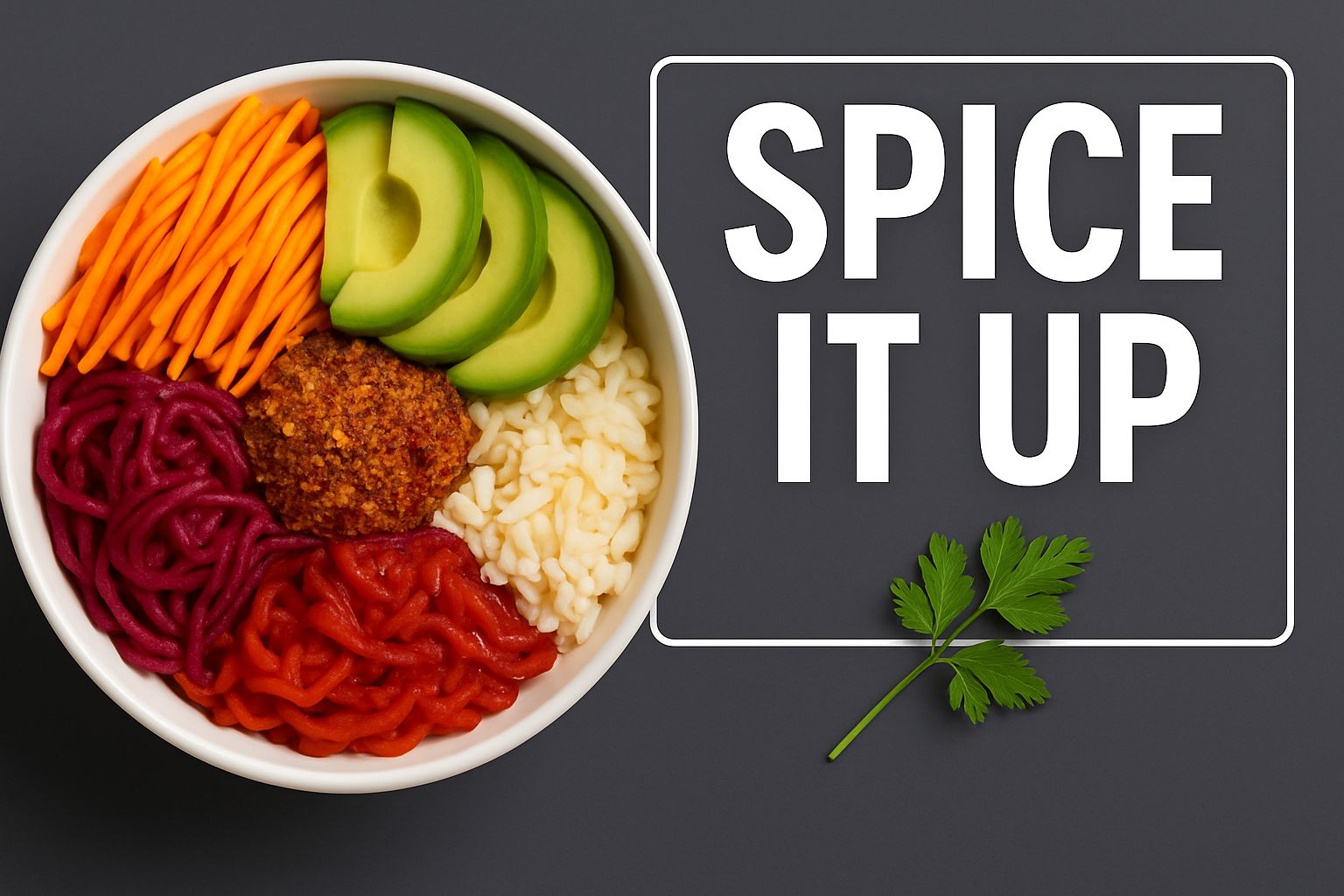If you’re new to cooking with spices, don’t worry. You don’t need to be a chef or own a spice bazaar to get started. This beginner-friendly guide will walk you through the most essential global spices, how to use them, and how to unlock flavor like never before. Ready to spice it up? Let’s dive in!
What Are Spices?
Spices are dried seeds, roots, bark, or fruits of plants used to flavor, color, or preserve food. Unlike herbs, which come from leaves, spices often have a stronger, more concentrated flavor. They’ve been used for thousands of years—not only in cooking but also for medicine, rituals, and even currency.
Today, spices are more accessible than ever, making it easy to bring a little bit of the world into your kitchen.
Must-Have Spices From Around the World
Let’s take a trip around the globe with these essential beginner-friendly spices. They’re versatile, easy to find, and great for experimenting with international flavors.
1. Turmeric (India)
Flavor: Earthy, slightly bitter, and warm
Uses: Curry, rice, soups, and even smoothies
Fun Fact: Turmeric is known for its bright yellow color and powerful anti-inflammatory properties.
2. Smoked Paprika (Spain)
Flavor: Sweet, smoky, and rich
Uses: Stews, roasted veggies, grilled meats, and marinades
Tip: A little goes a long way—use it to add smoky depth without needing a grill.
3. Cumin (Middle East, Mexico, India)
Flavor: Warm, nutty, and slightly peppery
Uses: Tacos, curries, chili, and spice blends
How to Use: Toast the seeds for a deeper flavor, or use ground cumin in rubs and sauces.
4. Garam Masala (India)
Flavor: Aromatic, spicy-sweet blend of multiple spices
Uses: Indian curries, soups, lentil dishes
What’s In It: Often a mix of cardamom, cinnamon, cloves, cumin, and more
5. Za’atar (Middle East)
Flavor: Tangy, herby, and slightly nutty
Uses: Sprinkle on flatbread, salads, meats, or mix with olive oil for dipping
Bonus: Za’atar isn’t just one spice—it’s a blend, usually including thyme, sumac, and sesame seeds.
6. Chinese Five Spice (China)
Flavor: A balance of sweet, sour, bitter, salty, and umami
Uses: Stir-fries, pork, duck, and even baked goods
Ingredients: Star anise, fennel, cloves, cinnamon, and Sichuan peppercorn
7. Chili Powder (Latin America, USA)
Flavor: Mild to hot, smoky or fruity depending on the type
Uses: Tacos, chili, spice rubs, marinades
Tip: Not all chili powders are spicy—some are more about flavor than heat.
How to Start Cooking with Spices
Feeling overwhelmed? Don’t be. Using spices is easier than it sounds, and it’s all about experimenting. Here’s a simple plan to get started:
- Start Small: Pick 3 to 5 spices to experiment with first.
- Taste and Adjust: Add a pinch at a time, and taste as you go.
- Use Recipes as a Guide: Follow global recipes to learn how different cultures use spices.
- Combine with Fresh Ingredients: Spices shine when paired with onions, garlic, lemon, or yogurt.
- Keep Them Fresh: Store in airtight jars, away from light and heat. Replace old spices after a year.
Easy Global Recipes to Try at Home
1. Indian Spiced Lentils (Masoor Dal)
Cook red lentils with turmeric and salt. In a separate pan, sizzle cumin seeds and garlic in oil, then pour it over the lentils. Finish with garam masala and fresh cilantro.
2. Smoky Paprika Roasted Potatoes
Toss chopped potatoes with olive oil, smoked paprika, garlic powder, and salt. Roast until crispy. Great as a side or snack!
3. Za’atar Flatbread
Brush pita bread with olive oil and sprinkle generously with za’atar. Bake until crisp and golden. Dip into hummus or yogurt sauce.
4. Chinese Five-Spice Chicken
Marinate chicken thighs with soy sauce, garlic, honey, and Chinese five spice. Bake or grill until juicy and flavorful.
5. Spicy Cumin Chickpeas
Pan-fry canned chickpeas with olive oil, cumin, chili powder, and a pinch of salt. Add lemon juice and chopped parsley before serving.
Common Mistakes to Avoid
- Using too much spice: Start small—you can always add more.
- Burning spices: Spices can burn quickly. If toasting, do it on low heat for 30 seconds to a minute.
- Not blooming spices: “Blooming” spices in oil releases their full flavor. Try it!
- Storing spices in sunlight: Keep them in a cool, dark place to preserve their potency.
- Mixing too many flavors: Stick to 2-3 spices until you learn their profiles well.
Benefits of Cooking with Spices
Besides enhancing flavor, spices offer a host of health benefits:
- Anti-inflammatory: Turmeric, ginger, and cinnamon help reduce inflammation.
- Boost digestion: Cumin, fennel, and coriander aid digestive health.
- Rich in antioxidants: Spices like cloves and oregano are loaded with antioxidants.
- Reduce salt and sugar: Using spices helps you cut back on less healthy flavor enhancers.
Final Thoughts
Learning to cook with global spices opens a door to endless culinary adventures. It’s like traveling the world without leaving your kitchen. Don’t be afraid to make mistakes—every dish teaches you something new. Over time, you’ll develop your own favorite spice combos and discover just how exciting and delicious cooking can be.
So the next time you reach for plain salt and pepper, pause and ask yourself: what if I spiced it up instead?
Arun
Hi, I'm Arun from Himachal Pradesh. I hold a Bachelor's degree in History and have a passion for writing. I enjoy exploring and sharing insights on topics like recipes, education, health, and technology. Through my content on InstaPLX, I aim to inform, inspire, and add value to my readers' everyday lives.

